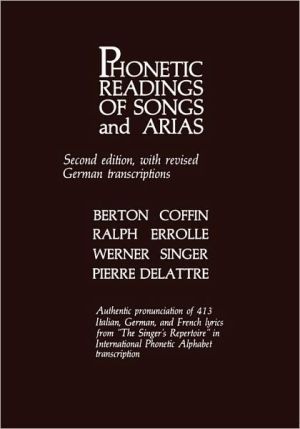Reassessing the Role of the Syllable in Italian Phonology
Linguists claim that the syllable plays a fundamental role in the production and perception of spoken language. One of the main arguments for the inclusion of the syllable in phonological theory is that syllable-based analyses shed light on the interrelatedness of phonological of phenomena in multiples domains. This study tests this claim in series of experiments with native speakers of Standard Italian in three domains: (i) intuition of consonant cluster syllabification, (ii) definite...
Search in google:
Linguists claim that the syllable plays a fundamental role in the production and perception of spoken language. One of the main arguments for the inclusion of the syllable in phonological theory is that syllable-based analyses shed light on the interrelatedness of phonological of phenomena in multiples domains. This study tests this claim in series of experiments with native speakers of Standard Italian in three domains: (i) intuition of consonant cluster syllabification, (ii) definite article allomorphy (il vs. lo) and (iii) segment duration (open syllable vowel lengthening and raddoppiamento-sintattico). One of the main findings is that variability in claimed syllabification in one domain (e.g. allomorphy), does not correspond to variability in the others (e.g. string division, duration). The segment duration experiments found that the maintenance of contrastive length has far reaching effects on the duration of both consonants and vowels in Italian, but no evidence for open-syllable vowel lengtheningor syllable-induced raddoppiamento was found. This study shows that the standard syllable-based analyses of consonant cluster divisions, definite article allomorphy and segment duration are not supported by the experimental evidence. Instead, the conditioning factors for these central processes in Italian phonology are segmental, contrast-based conditions.
Table of Contents:Chapter 1 IntroductionChapter 2 Consonant Cluster SyllabificationChapter 3 Definite Article AllomorphyChapter 4 Segment DurationChapter 5 Summary and Conclusion






![Berlitz Essential Italian [With CD (Audio)] Berlitz Essential Italian [With CD (Audio)]](/application/data/covers/45/85/9789812684585.jpg)

